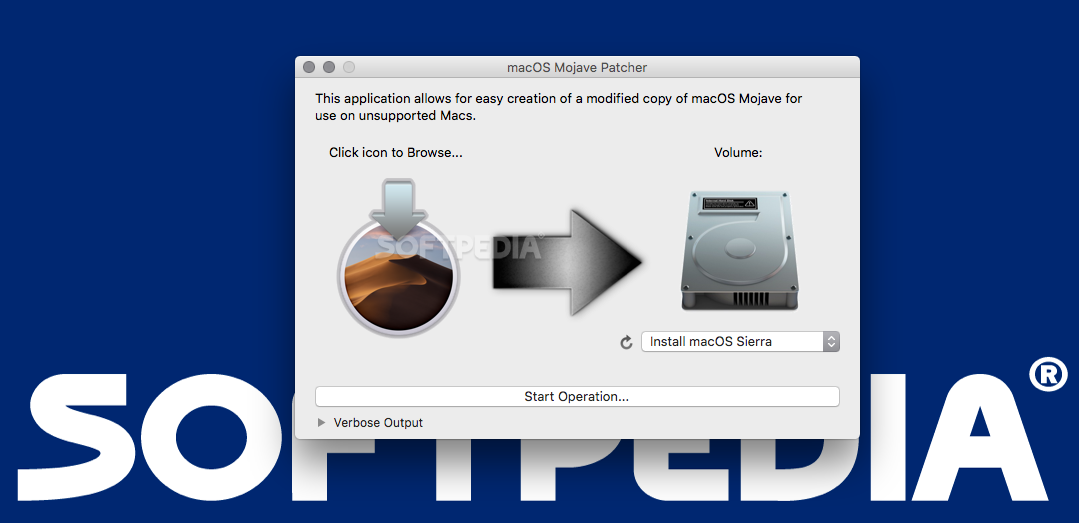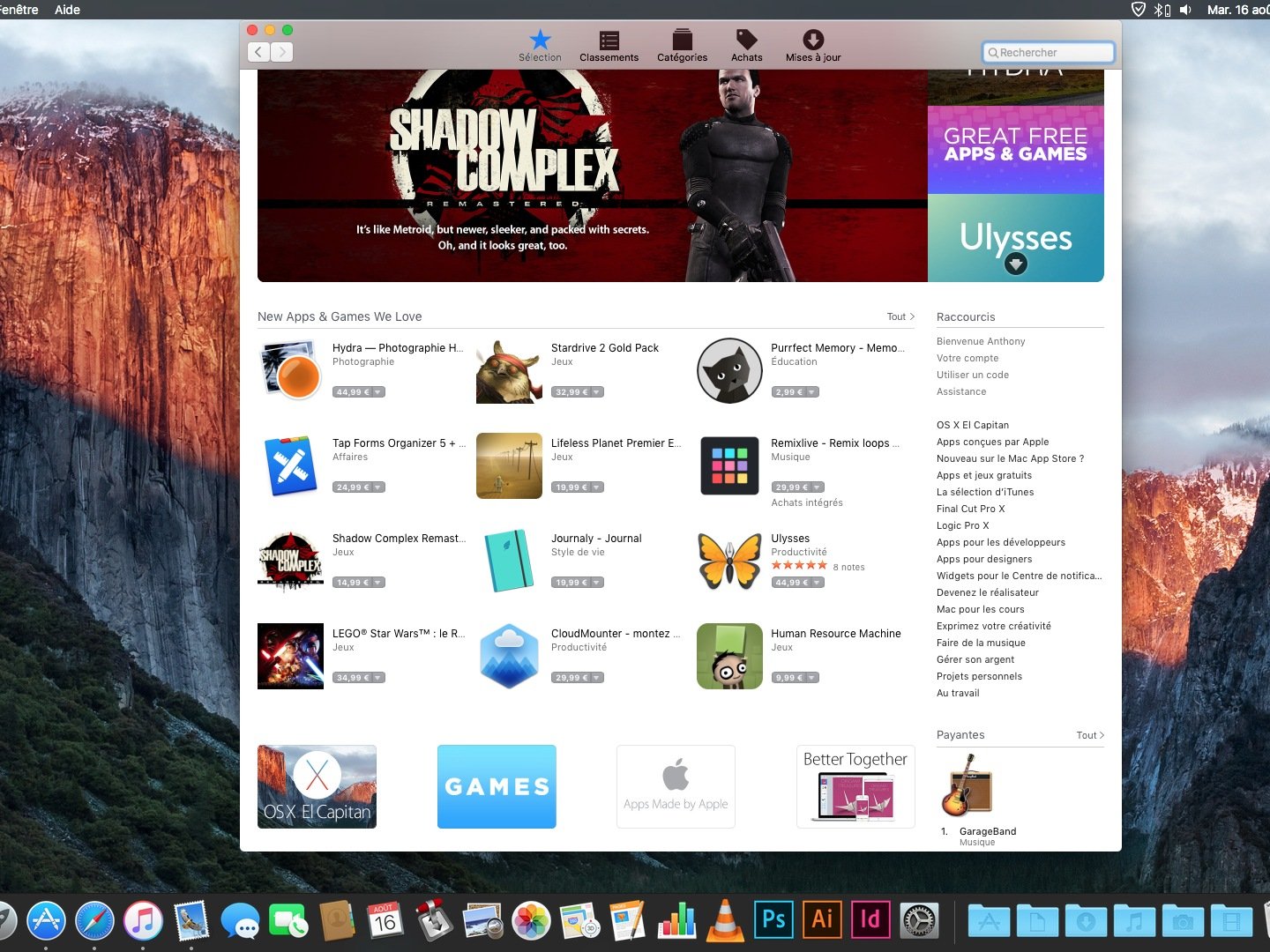

If you have more than one Mac you want to upgrade to macOS 10.15 Catalina but don't want to waste so much bandwidth downloading it for each machine, one option is to create a bootable installer on.
Apple has released mac OS 10.15 Catalina to Mac users. You can now download mac OS Catalina by going to Mac App store. Before downloading, you must remember to Create mac OS catalina USB Bootable drive. A very important tip you should remember is, Once you started updating your mac, after the restart, you won’t be able to access the mac OS Catalina setup file.
So, now i'd like to download it and create a bootable/installable USB drive. No one yet has been able to put me on track as to how i can download my purchase. Any help would be appreciated. I downloaded Catalina, created an bootable USB, but when I do the start up disk option, my Mac HD nor USB is listed. Here is how you can download the full macOS Catalina installer/setup file to your Mac. The setup file can also be used to create a bootable USB drive. Make sure to create a macOS Catalina USB installer before you update your MacBook and start exploring Catalina features. While you don’t need a bootable installer to install macOS Catalina, it’s a good option for people with a limited or sporadic internet connection, multiple Macs, or who want a backup installer for emergencies. Once the download is finished, you can see ‘macOS Catalina Installer” under Downloads folder. Now it’s time to erase your USB stick or memory card. Insert the medium you wish to use for creating a bootable installer in your Mac and open Disk Utility. Select the medium from the list on left and click Erase.
So remember to take backup of the downloaded mac OS Catalina file before clicking on “Install Update” button.
There are 100+ features coming to your mac computer through this update. After long waiting time, several developer beta’s and public beta’s, we now have our hands on mac OS 10.15 Catalina.
It is ok to update directly from your mac app store. However, if you encounter any issues after the update, then it is recommended to perform clean installation of mac OS Catalina.
Macbook, Macbook Pro, iMac and Mac mini computers across the world are getting ready to install the latest mac OS Catalina software update. It is not easy to download the setup file if something goes wrong.
Keeping a mac OS catalina bootable usb drive will help you to freshly install in your mac computer, whenever you want to. Alright, the steps to create are pretty simple.
Once you copied and pasted the mac OS Catalina install file somewhere safe (in Documents or Folder you created), follow the below steps to create bootable usb drive.
Step 1: Launch Terminal by pressing “CMD+Spacebar” and then type “Terminal“.
Step 2: Navigate to the directory you have your backup copy of “Install mac OS Catalina” file is located. Or, if you haven’t started the installation yet, then the following command should work without any changes.
How To Create A Bootable Usb For Macos Catalina
Step 3: Insert a Flash Drive to your Mac’s USB Port and remember, this drive will be completely formatted before the files copying process.
Step 4: Now copy, paste the following code to your Terminal Window and press “Enter“.
Depending on the mac OS version you are in, the following piece of code changes,
Catalina:
sudo /Applications/Install macOS Catalina.app/Contents/Resources/createinstallmedia --volume /Volumes/Untitled
Mojave:
sudo /Applications/Install macOS Mojave.app/Contents/Resources/createinstallmedia --volume /Volumes/Untitled
High Sierra:
sudo /Applications/Install macOS High Sierra.app/Contents/Resources/createinstallmedia --volume /Volumes/Untitled
Sierra:
sudo /Applications/Install macOS Sierra.app/Contents/Resources/createinstallmedia --volume /Volumes/Untitled --applicationpath /Applications/Install macOS Sierra.app
El Capitan:
sudo /Applications/Install OS X El Capitan.app/Contents/Resources/createinstallmedia --volume /Volumes/Untitled --applicationpath /Applications/Install OS X El Capitan.app
Note: Rename “Untitled” in the above command to suit your Flash Drive name.
Step 5: Your Flash drive will be formatted now and installation files will be moved to your Flash Drive. Wait for few minutes and once done, you will see the 100% transfer complete in terminal window.
Congratulations! You’ve created mac OS Catalina USB Bootable Drive.
Now proceed with the update and whenever you need a mac OS Catalina Flash drive for update or installation, you don’t have to depend on Internet connection. Simply use this flash drive to perform the installation.
I hope this simple tutorial to create mac OS Catalina Bootable USB Drive helped you. Now it’s your time to help more people. Share this post with your friends and followers at Twitter, Facebook and Google+. Have a productive day.
You may also like to Read,
Apple has just released the latest update to macOS. The update, named macOS Catalina, brings a bucket-full of new features including the ability of using iPad as an external screen for Mac. It also officially kills the 20-year-old iTunes (on Mac) and brings separate apps to manage music and podcasts while also adding a new TV app.
Other notable changes include the abandonment of 32-bit apps in favour of 64-bit apps, refreshed Reminders, Photos, Mail, Safari, and Notes apps, and the introduction of Apple Arcade among others.

Whether you should upgrade your Macs to the new macOS Catalina is entirely up to your current workflow. The change that could affect it the most is the support for 32-bit apps being officially dropped. If you rely on old apps that needs an update for the new platform, you might want to hold your upgrade until these apps are updated or you find alternatives.
With macOS Catalina, Apple has changed the way you used to download the installer. Previously, you would download the new OS installer from AppStore itself and then use that installer to make a bootable installer for later use. In Catalina, when you click the Get button in AppStore, you are taken to the Software Update screen to download the new update.
This change makes is a bit tricky to create a bootable install media like a USB stick or memory card. Albeit not as straightforward as before, but it is definitely possible to make a bootable installer for macOS Catalina. This tutorial shows how to do that.
Update – 12th November, 2020: The latest update to macOS is out now. Learn how to make a bootable macOS Big Sur installer.
Make a Bootable macOS USB Stick or Memory Card
Before you begin:
- Make sure you have a USB stick aka pen drive aka flash drive or memory card aka SD card with at least 16GB of storage.
- Take complete backup of data on your Mac.
- Make sure you have a working, strong, and stable Wi-Fi connection to download macOS Catalina.
Step 1
Due to the way you get your copy of macOS Catalina has changed a bit, we will rely on a third-party app which will help us get the installer. The app we will use for this is called macOS Catalina Patcher which is primarily used to make a patched installer for old Macs that don’t support new versions of macOS.
Download macOS Catalina Patcher, place it under Applications, launch it, and click Continue. Click Download a Copy.
Now, before you move to the next screen, click Options in the menu bar and disable ‘Auto-apply Post Install Patches.’ After that, click Start Download and wait for the download — that is around 8GB — to finish.
Update: I just read other tutorials mentioning that you don’t need macOS Catalina Patcher. You can download macOS Catalina installer from the Software Update screen and it’s placed under Applications. If you wish to go ahead with that method, you can change the path in the Step 3 from Downloads to Applications.
Step 2
How To Make A Bootable Usb For Macos Catalina
Once the download is finished, you can see ‘macOS Catalina Installer” under Downloads folder. Now it’s time to erase your USB stick or memory card.
Insert the medium you wish to use for creating a bootable installer in your Mac and open Disk Utility. Select the medium from the list on left and click Erase. Select Mac OS Extended (Journaled) under Format. Type Untitled in Name field (you can choose any name here).
Click Erase and wait for the process to finish. Remember that you are completely erasing the data on this media.
Step 3
Now you are ready to move to the final step which is to create the bootable macOS Catalina media.
Open Terminal and type the following command. Make sure you don’t leave any spaces in-between.
sudo /Downloads/Install macOS Catalina.app/Contents/Resources/createinstallmedia --volume /Volumes/Untitled
Note: Replace Untitled (in bold above) with whichever name you gave in step 2.
If copying and pasting or typing this command doesn’t work, you can do the following.
Type sudo in Terminal and keep the window open. Now open Downloads folder and drag the macOS Catalina Installer file on the Terminal window. It will automatically generate the path where your Catalina installer is located.
Now, append --volume /Volumes/Untitled at the end of the automatically generated string and press Return key on keyboard. Note that there are two dashes (--) before volume and a space after volume.
Enter your password, press Y and press enter to start the process and let it finish — which will take about 15 minutes.
How to Install macOS Catalina from a Bootable Volume?
Download Macos Catalina For Bootable Usb Windows 7
Once Terminal finishes the process, you can restart your Mac and when it is booting up, press and hold Option key until you see a black screen with an option to select the startup disk.
Select Install macOS Catalina and click continue. Let the installer load and once it’s finished, you should enter macOS Recovery screen which will ask you to select a user account which you know the password of. Choose your administrator account and enter its password.
Now click Disk Utility and continue. Select the volume where your current macOS is installed. The volume is usually named macOS. Click Erase. Leave the options as default and click Erase again.

After the process finishes, close Disk Utility and you will return to the recovery screen. This time, select Install macOS and continue.
Let the install process finish, which consists of a couple of automatic reboots. Once finished, you should see the initial macOS setup screen. After you are done with this on-boarding step, you will see the desktop and are all set to start using macOS Catalina on your Mac.
Making a Bootable macOS Installer Media: Summing Up
/article-new/2019/06/macs-macos-catalina.jpg?lossy)
Bootable macOS installer is useful if you want to completely erase your Mac and reinstall the operating system, or if you have more than one Macs and you don’t want to spend time (and bandwidth) downloading the macOS update.
Making a bootable macOS Catalina installer isn’t too complicated. You can make a bootable flash drive aka pen drive aka USB stick or memory card and use it to install the latest macOS version on your Mac.
Download Macos Catalina For Bootable Usb Windows 10
That’s it, folks. This was a quick tutorial on how to create a bootable macOS Catalina installer on a flash drive or memory card. I hope you found it useful.